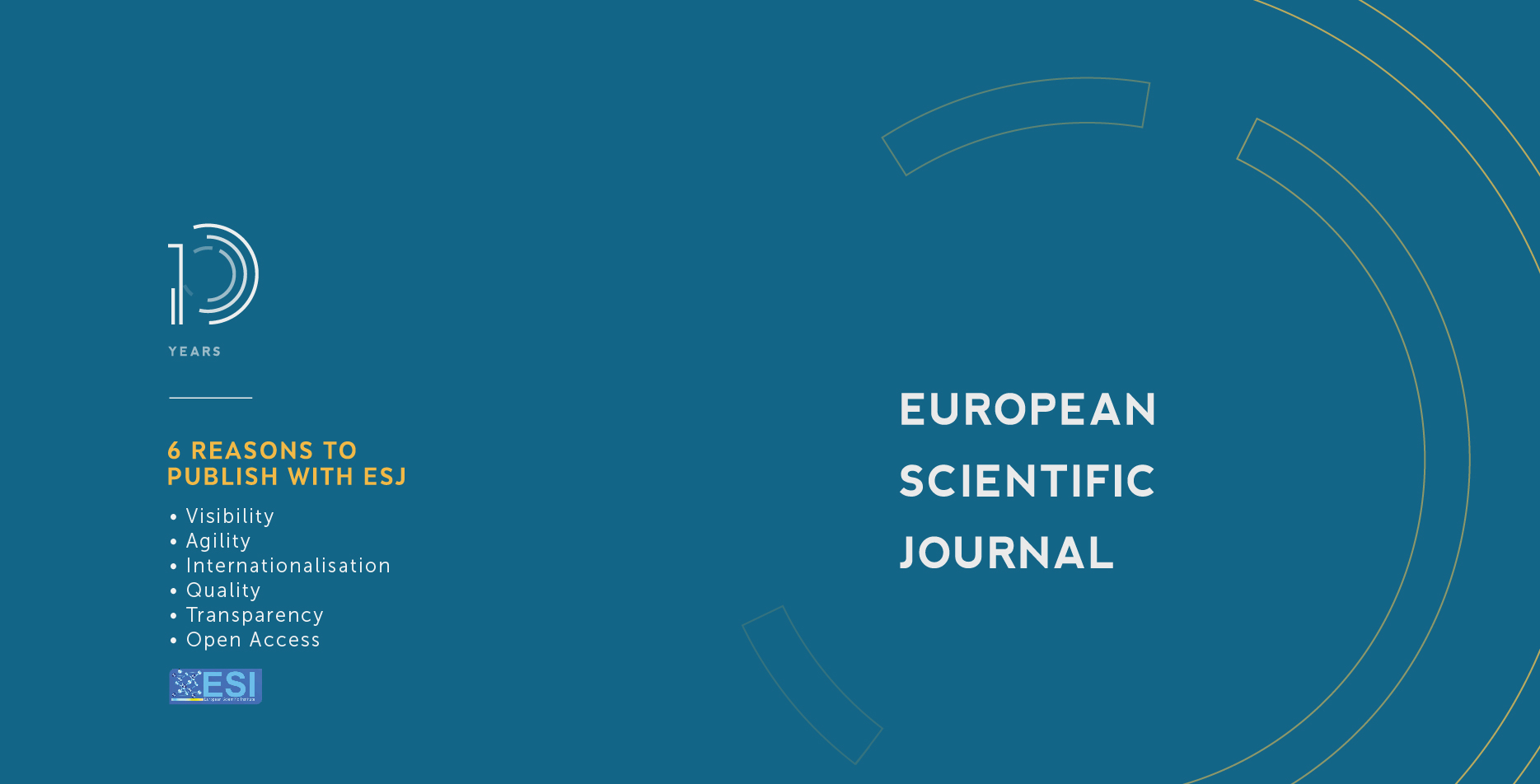Linguopragmatic Features of Persuasive Power of Satire Based on Private Eye Magazine
Abstract
This paper focuses on investigating linguopragmatic features of persuasive power of satire in British media discourse. The material for the research includes 56 texts of randomly chosen articles from British satirical Private Eye magazine (2019-2021). Qualitative content analysis and discourse analysis were applied to distinguish linguistic, stylistic, and pragmatic means of persuasion used in the analyzed paper. Relevance theory was used to outline interpretational procedure of satire and cognitive dissonance theory was applied to explain the mechanism of satire’s power of persuasion implementation. The paper establishes that persuasive power of satire is an outcome of successfully realized critical and ludic functions of satire. Critical function of satire is realized with the help of linguopragmatic means which are capable of highlighting discrepancy between a desired and a current state of affairs, thus evoking cognitive dissonance, whereas ludic function of satire is realized by means of creating humorous effect. Linguopragmatic means of satire’s critical function implementation include echo utterances, metaphors, repetitions, hyperboles, precedent related phenomena, and adjectives with negative connotative meanings accompanied by linguistic means of negations. Ludic function of satire is realized by wordplay techniques such as homophones, onomatopoeias, rhymes, acronyms, puns, neologisms, slang, pseudonyms, and sobriquets. Interpretation of these linguopragmatic means requires more processing efforts but causes a significant increase in cognitive effects.
Downloads
Metrics
PlumX Statistics
Copyright (c) 2021 Vita Yurchyshyn

This work is licensed under a Creative Commons Attribution-NonCommercial-NoDerivatives 4.0 International License.








